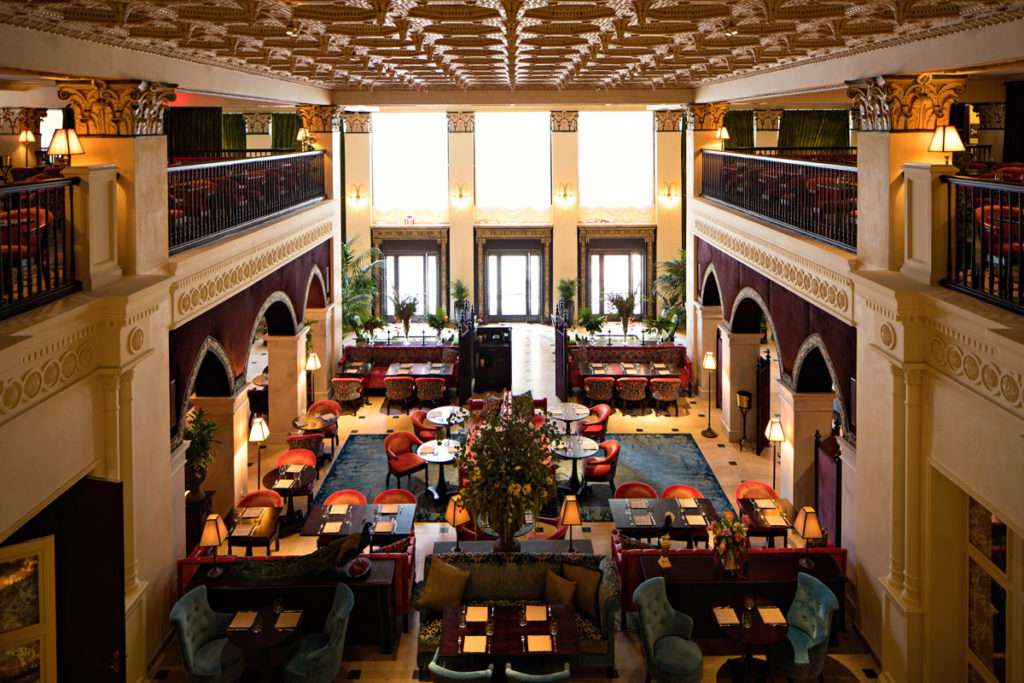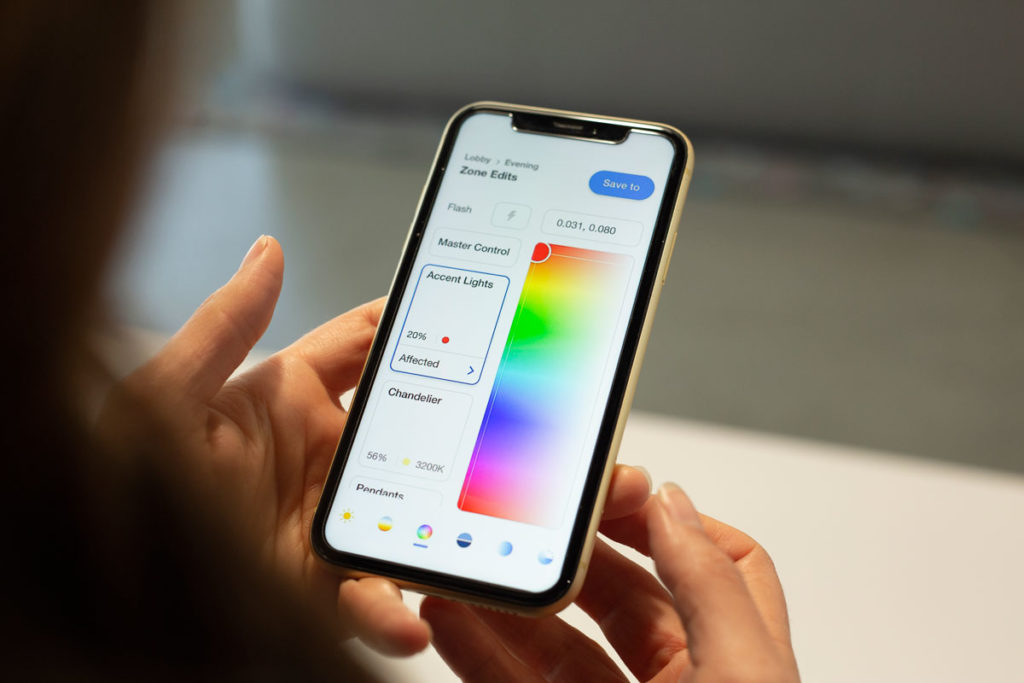Sincerely, BLLA
The Surprising Solution for More Marketable Space
How flexible lighting gives boutique hotels an advantage in adapting to the current norm and returning to normal. Pick up any hospitality or restau...
Sincerely, BLLA
How flexible lighting gives boutique hotels an advantage in adapting to the current norm and returning to normal. Pick up any hospitality or restau...
Pick up any hospitality or restaurant-focused industry magazine and you’ll undoubtedly find some aspect of the post-COVID 19 era addressed within the pages. The discussion is decidedly two-pronged—anxiety about successfully navigating the new needs of the immediate future and questions about the return to normal and how best to make that highly-anticipated transition. Restauranteurs and hospitality design experts alike predict that creating the right experience is critical to success in both phases and lighting and lighting flexibility will play an important role today and in the return to normal.
In the immediate future, the trend in restaurants seems to be designing for small groups or pods of diners—creating intimate spaces that are well distanced and somewhat isolated from other guests. Leaning away from the ambiance-destroying plexiglass dividers, many in the design community plan to entice customers back into the public with jaw-dropping, lavish interiors that redefine the must-have dining experience without a crowd or the ambient noise that for so long were its hallmarks. Lighting is a powerful tool that designers will use to develop these new types of dining spaces.
In the article, “This Is the Restaurant of the Future,” published in Architectural Digest, famed hospitality designers shared their visions for creating the sought-after spaces that will cater to socially distanced diners. “Dim and warm lighting is a core strategic design element to authenticate intimacy and coziness as restaurants become more spacious,” explained designer Michael Hsu.

For readers who may not have a background in lighting terminology, when Hsu refers to “warm lighting,” he’s talking about the color temperature of the white light. A warm light describes light that has a golden glow like the flame on a candle or a dimmed incandescent bulb. Luckily, technology has advanced so that more energy-efficient, and less fire-centric, light sources, like LED, can now provide that coveted warm glow.
In the hotel industry, there are many spaces that would benefit from being able to be something else other than intimate and cozy during the morning and afternoon hours. Light, again, plays a key part in creating this flexibility of mood within the space. A single LED source can now deliver light that resembles bright, crisp daylight and light that mimics soft, golden candlelight—which enables the room to transition from energizing to cozy throughout the day. This means that lobbies, cafes, and lounge areas now have the versatility to offer an ambience that matches the mood of the people inside it and the functional needs of the space.

Another type of hotel space that may need to be reimagined is the ballroom. While the large events that typically occupy these venues may be somewhat scarce in the immediate future, these large areas with high ceilings can still be a major revenue generator. Ballrooms, instead of traditional conference rooms, are being used to accommodate business meetings—offering the event host a way to gather their guests that feels safe, sophisticated, and practical.
One critical component of transforming a site often used for wedding receptions into a forum for daytime business meetings is to swap out the warm, romantic light for something that mimics natural light to produce an energized and productive vibe.
Beyond a flexibility in the lighting source, a flexibility in the lighting system can create opportunities for a space to be as marketable as possible during these uncertain times. Having a system that easily adapts to expanded or contracted layouts can be a game changer in terms of getting the most out of every square foot, especially when there is a premium on the quality of the experience that can be provided.
A lighting solution like Lutron’s Athena offers that heightened level of flexibility and control. The lighting zones are easily reorganized through programming changes, instead of physically rewiring the space, so the lighting layout can be modified within a matter of minutes to best match the interior. The app also makes it easy to quickly change the color and intensity of the lighting based on the time of day or the type of event being hosted. Scenes and schedules can be easily reconfigured from an intuitive user app.
Whatever changes are made to customize interiors for the unique demands of today, there is the hope that things will one day return to a pre-pandemic way of life. When that happens, it will be critical that hotels be able to change the interior spaces back to their original layouts easily and with little down-time. Where lighting is concerned, look for digital lighting control systems. Traditional analog lighting control systems must be wired into the groups of lights that are controlled together, so any type of change will require that an electrician physically go back into the ceiling to rewire. Digital systems can be easily programmed and reprogrammed, in some cases with an app, without any rewiring.

Another general lesson learned from the last year is the importance of maximizing facility operations. This new awareness has created a special interest in products and systems that allow teams to do more with less staff. Lighting systems that are easy and intuitive to operate and maintain enable the space to continue working as usual, even under the most extreme circumstances.
Although this situation is far-from-ideal, boutique hotels may be the type of hotel best-suited to find success in a post-pandemic period. The ability to customize design and operations and employ out-of-the-box thinking gives boutique hotels a strategic advantage when adapting to the current norm and returning to normal. Ensuring your facility has flexible lighting systems to support those efforts will make it easier to find the silver lining in this socially distanced scenario and beyond.
*Header image: Riggs Hotel, Washington DC. Image courtesy Lutron Electronics. Copyright Jennifer Hughes.
Expert Perspectives on Sustainability, Personalization, Technology, and Wellness at the Boutique Hotel Owners Conference As the boutique hotel indu...
Shaping Unique Experiences and Future Trends in Hospitality In an evolving travel landscape, boutique hotels have emerged as significant players, r...